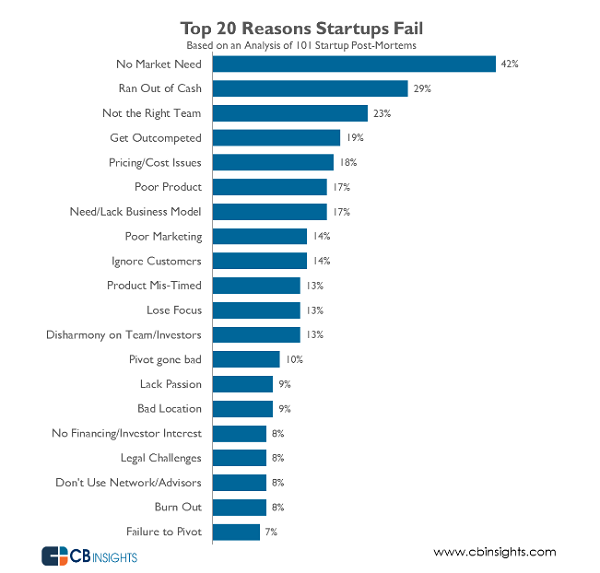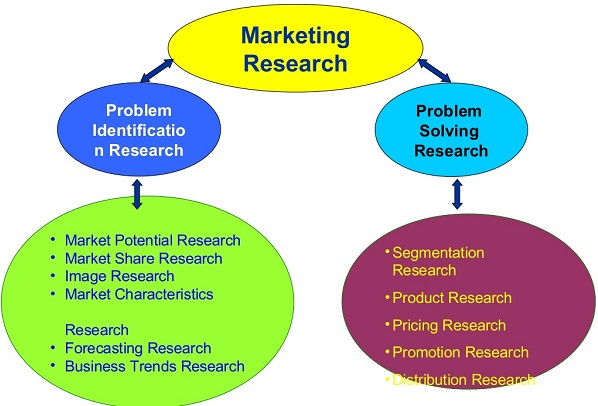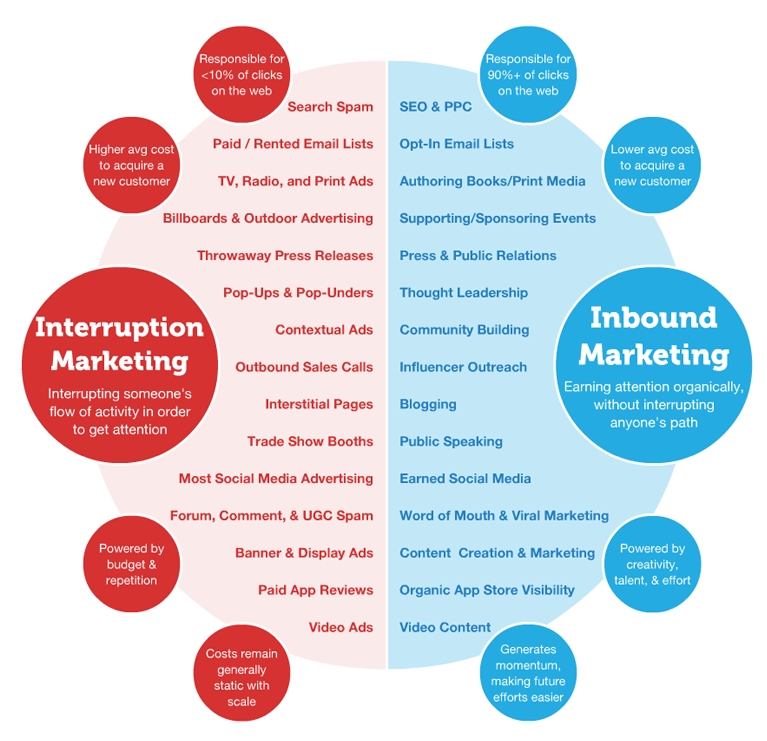By failing to prepare, you are preparing to fail.—Benjamin Franklin
A marketing plan is your guide to promoting and growing your business.
A good marketing plan will ensure that you know your marketing objectives and the best ways to achieve them. It also keeps focused. It helps you establish tasks and timelines. And can help you obtain financing.
According to a survey by CB Insights, there are 20 reasons why most startups fail. The survey showed that 14% of startups fail because of poor marketing.

As you can see, there are other bigger reasons like:
- No market need (42%).
- Ran out of cash (29%).
- Not the right team (23%).
- Get outcompeted (19%).
- Pricing/cost issues (18%).
- Poor product (17%)
A solid marketing plan will help you avoid these pitfalls:
A solid marketing plan will tell you if there’s no market need for your product.
A solid marketing plan will help you make the best use of your budget.
A solid marketing plan will help you recognize and hire the right people who can execute and achieve your marketing objectives.
A solid marketing plan will also help you differentiate your business so that you’re not directly competing with your competitors.
The first step towards creating the perfect marketing plan
I’m sure you can’t wait to create that perfect marketing plan for your business.
Now, you probably want to pick a pen and a sheet of paper and start drawing up a plan of how you’ll conquer your competitors. But it doesn’t work that way.
The process of creating a great marketing plan can be tedious. Sometimes, it could take days, or a few weeks to draw up a perfect plan.
Because of this, you need a deadline for your plan. You can’t just sit and start creating a plan without knowing when it’ll end.
Begin with the end in mind. — Stephen Covey
Having a deadline in mind will keep you focused and help you come up with something great.
Without a deadline, it’s easy to feel lost and start execution when the plan is not yet completed. This mistake may seem little to you, but it can wreck the business within a short period of time.
You should avoid working with a plan when it’s not completed. That’s why you need a deadline and stick to that deadline.
Who are the people who will execute your marketing plan and what are their roles?
This is where the real planning starts.
Except your business is a one-man show, you’re tight on budget and willing to wear many hats, you’ll need some talented people on your marketing team.
Your budget will play a big role here.
If you have a decent budget, you may want to make some bold marketing moves – which means, you need people who can get the job done.
In what specific roles do you need people?
If you believe that you don’t need people, you may want to use those skills you already have, or the skills you’re willing to learn within a short period of time.
You should know what roles are important in your marketing team:
- Content Creator(s): This is the person who produces content for your website and business. This person creates content that grows your organic search traffic, social media traffic, and other traffic channels.
- SEO Strategist: This is the person who chooses the keywords to target, does on-page and off-page SEO, and handles every other thing connected to SEO.
- Graphic Designer: This is the person who creates custom images, logos, and infographics to use in your blog posts, share on social media and others.
- The PR Professional: This is the person who obtains free publicity for your business by getting it into the news. A PR professional also protects and enhances your company’s reputation.
- Website Designer: This is the person who takes care of your website design and ensures that it looks attractive.
- Web Developer: This person modifies your website and makes sure its user-experience is great. A web developer also helps you create different forms of content e.g. free tools for your prospects.
- Account Manager: You need an account manager to ensure that no one is overwhelmed with their jobs. An account manager provides you with various reports like traffic, links, email subscribers. The account manager presents all these reports to you and helps in figuring out things you can improve.
- Email Marketer: The email marketer is focused only on helping you build a massive email list of passionate people who are interested in your product and services.
- Social Media Marketer: This person is in charge of building your social media accounts on Facebook, Twitter, Instagram, Pinterest, YouTube, and others. A social media marketer also helps you develop and maintain a strong relationship with fans on those social platforms.
- Conversion Rate Optimizer (CRO): This person is tasked with conducting split tests, optimizing every aspect of your website for the purpose of generating more profits.
- Paid Marketing Expert: This is the person in charge of paid advertising. This person controls your advertising campaigns on Google, Yahoo, Bing, LinkedIn, Twitter, and other platforms where your prospects spend time online.
The above list doesn’t necessarily mean you need 11 people on your marketing team.
Sometimes, these skills may overlap. But it’s important that the people on your marketing team have all these skills. And like I said above, your marketing budget and goals will determine the number of people you hire.
For example, you don’t need a paid marketing expert if you’re not planning to do any paid advertising.
Also, you may choose not to have a graphic designer on your team if you’re pretty good at designing and have the right tools.
It’s important you know what roles you want to fill on your marketing team.
How much are you planning to spend on marketing?
A merchant who sells 15 different types of products may need a bigger marketing budget than a merchant who sells just one type of product.
The amount you spend on marketing will largely depend on your cash reserve and how much risk you’re willing to take.
You need to set a marketing budget. It’ll help you create a marketing plan that fits your budget.
What are your marketing goals?
Now you have the roles in your marketing team, and you’ve set your marketing budget – what’s next?
The next step is to establish your marketing objectives.
What are the goals you want to achieve with your marketing efforts in the next month, quarter, or year?

You can’t just say “I want more website visitors, leads, and sales” or “I want to have a bigger email list.”
You need to establish the specific numbers and the time period you want to achieve the goal.
You can say:
“I need 20,000 visitors, 500 leads, and 12 customers within the next 12 months from my inbound marketing efforts in order to achieve my revenue goal of $600,000 from inbound marketing.”
You can also say:
“I want to rank number one for the keyword term “widget consultant,” since I estimate that it will generate 300 visitors to my website per month, producing at least two customers.”
Here’s a 6-step process for setting a smart marketing goal:
Step 1: Determine how much revenue you want to generate from your marketing efforts. You can say you want to generate a revenue of $600,000 in the next year.
Step 2: Determine how many sales you need to hit that revenue goal. For example, if each product sells for $600, it means you only need to sell 1,000 pieces of your product during the whole year to hit your goal.
Step 3: Identify your closing rate and how many opportunities you need. Let’s assume you have a closing rate of 50%. It means you need 2,000 closing opportunities to hit your goal.
Step 4: Determine how many sales qualified leads (SQLs) you need. You’ll have some leads who are not qualified as your sales lead. Some people are not just ready to buy your product, or they can’t afford it. These people are not sales qualified leads. But they are still leads because they may need your product in the future. So, you can say you need at least 6,000 sales qualified leads.
Step 5: Determine how many marketing sales leads you need. You can say you need 20,000 marketing leads. Marketing leads are just leads. Most of these people aren’t even sure if they need your product. They can still become sales qualified leads in the future.
Step 6: Identify your traffic goals. These are the people who visit your website. A small percentage of them will give you their emails, making them marketing sales leads. If you’re going to get 20,000 marketing leads within a year, then your website should be receiving around 50,000 to 100,000 visits per month while you’re actively collecting emails.
These are just guesses, of course. But if your site is getting 50,000 to 100,000 monthly visits, then achieving your 1,000 sales goal shouldn’t be hard.
Conduct market research
I’ll assume that you have a product or service that people want. You probably researched before developing your product. For example, MedCognition is a startup that creates and sells affordable, realistic holographic patient simulation for pre-hospital providers. This is a product that’s needed because it reduces errors in life-saving situations.
(And in case you didn’t conduct any product research, this is still the stage where you’ll know if people will be interested in your product).
This is the longest phase because you’ll have to do a lot of things like:
- Research your market potential. You’ll want to find out if a lot of people want your product.
- Research your market share potential. You’ll want to find out if you have an opportunity to quickly dominating a small segment of your market.
- Image research. This is where you’ll draw a clear picture of people who really need your product (and who can easily be reached).
- Research your market characteristics. This is where you’ll find out any information about your competitors, what affects demand and supply in your niche, when sales tend to peak, and how your target customers may react to your product.
- Forecasting research. This is where you’ll forecast the future and what changes could affect your marketing strategies and objectives.
- Research business trends. These are trends that could put you out of business, or make you a strong market leader.
Here’s a clear picture of what I’m talking about:

Design and delivery are moving parts that need constant tweaking. To stand out from the crowd keep updated on current trends. How do you do this?
Competitor research and following the habits of your target audience. In fact, there are many different methods for market research.
Be unique, be bold, or just follow the old tried and tested strategies. Your objective here is to ensure that you’ve all the facts and current practices in order to develop a solid marketing plan.
Find out everything you need to know in this phase.
Your objective here is to ensure that you have all the facts and current practices in order to develop a solid marketing plan. So make sure you find out everything you need to know in this phase.
Choose your preferred marketing strategies
There are hundreds of marketing strategies out there.
You should focus on a few effective marketing strategies.
The marketing strategies you use should fit your budget.
For example, creating infographics when you only have less than $2,000 to spend on marketing isn’t a wise idea.
A highly attractive and shareable infographic could cost up to $2,000. So infographics are definitely not for you if you don’t have at least $20,000 – $30,000 to spend on marketing.
There are two kinds of marketing:
- Interruption marketing
- Inbound marketing

That is not to say I hate interruption marketing.
There are some situations whereby you need interruption marketing to hit the ground running.
As you can see in the above image, there are so many marketing strategies inside both interruption marketing and inbound marketing.
What you want to do here is focus on a few effective marketing strategies that fit your marketing budget and industry.
Outline your marketing tactics
Let’s assume that you’ve chosen your preferred marketing strategies. What’s next?
It’s time to outline them.
How are you going to use each marketing strategy?
For example, let’s say you chose video marketing as one of your marketing strategies, how are you going to use it?
Here are some questions for you:
- What types of video content will you create?
- Who will produce those video content?
- How will you promote the videos?
- How will you collect leads from each video?
- How many videos do you intend to create per month?
- What percentage of your marketing budget are you willing to allocate to video marketing?
For example, HubSpot has a YouTube channel named HubSpot Academy.
HubSpot, a marketing software company based in Cambridge, Massachusetts uses its YouTube channel to educate prospects and puts a clickable short link on its video description sections in order to direct potential clients to its site.
Here’s what I’m talking about:

As you can see in the above image, that’s the link HubSpot uses to collect leads from its YouTube videos.
Know how you want to measure success for each marketing strategy
You can’t just say that a marketing strategy is effective so you should continue using it.
Sometimes, you may need to ditch a marketing tactic because it’s not helping you achieve your marketing objectives.
Let’s continue with the video marketing example.
Let’s say that your YouTube video isn’t driving many leads per month to justify your investment, you may decide to change course.
You can decide to put a call-to-action inside your YouTube videos instead of the video description like how HubSpot is doing it.
You can decide to talk about your landing page and directly ask viewers to go and register to download an e-book or an e-course.
You can stop posting videos on YouTube and start creating highly shareable videos for your audience on Facebook or Twitter like HubSpot is doing here:

You may decide to completely stop video marketing and try another marketing strategy that can give you a bigger return on investment (ROI).
Without a way to measure success, there’s no way you’ll know if a marketing tactic is giving you the desired result. I highly recommend that you have a way of measuring success for your marketing strategies. Even if your company is small, track, and measure your marketing efforts. It helps you do more of what works and less of what doesn’t.
Conclusion
You can have the greatest marketing plan in the world, but it’s useless if you don’t stick to it.
Implementing what’s in your marketing plan is crucial to your marketing success on the web.
While it’s highly recommended that you stick to your plan, you should also remain flexible by willing to test new assumptions.
There’s nothing like a perfect marketing plan.
As you continue to follow what you’ve outlined in your marketing plan, some of your strategies will fail.
Instead of drawing a new plan, starting all over from scratch again, you should only alter a small part of your plan.
